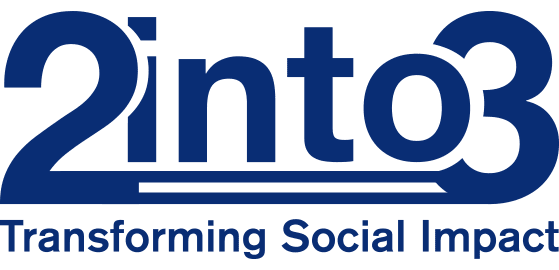Fundraising Surge: What It Means for Non-profits
A Talent Pipeline Under Strain
According to a recently published LinkedIn report, fundraising professionals are currently the most in-demand talent in Ireland. In a sector where securing sustainable funding remains a consistent challenge, the competition for skilled fundraisers continues to intensify.
Fundraised income is essential for delivering vital services and advancing meaningful causes. Yet, attracting and retaining top fundraising talent is one of the biggest obstacles to achieving long-term strategic fundraising goals. Our LinkedIn Talent Insights data reveals that the median tenure for senior fundraising professionals is just 1.3 years, with more junior roles averaging slightly longer at 1.7 years.
Solving this talent retention issue is key. It enables organisations to unlock sustainable income streams, reduce crisis-driven decisions, and build long-term resilience into their mission delivery.
Building a Culture of Fundraising
Despite the sector being valued at €1.8 billion in 2022 and becoming increasingly professionalised, many organisations still hesitate to view fundraising investment as a strategic priority. At the Board and senior leadership levels, there is often a lack of understanding about fundraising ROI, risk tolerance, and fear of scrutiny.
Hiring a senior fundraising leader is not just a recruitment decision—it’s a strategic one. The right candidate understands the business of fundraising, donor engagement, and can embed this thinking across the team and wider organisation. The right hire can move your organisation from breaking even to one on a path of high growth and impact.
Three Conflicts Hindering Fundraising Success
At the recent launch of Great Fundraising Organisations, Alan Clayton identified three key conflicts that often impede successful fundraising and contribute to leadership turnover:
-
Cultural Conflict: Fundraisers are driven by ambition, urgency, and emotion, while service delivery teams tend to prioritise structure, consensus, and evidence. Bridging this divide requires mutual respect and organisational alignment.
-
Investment Conflict: Boards often prioritise immediate crises, overlooking the importance of future-focused fundraising strategies. Strategic investments may not yield immediate returns, but they are critical for long-term growth and sustainability.
-
Communications Conflict: Messaging must be tailored. Use emotion and storytelling to engage donors, and highlight impact and outcomes when promoting services. Consistent, purposeful communication builds donor trust and enhances engagement.
Skills-Based Hiring in a Competitive Fundraising Market
We take a consultative and strategic approach to fundraising recruitment—assessing organisational culture, goals, and needs to identify the talent best positioned to drive results.
In a competitive market, skills-based hiring is crucial. Moving beyond traditional career paths opens up opportunities to attract professionals from the private sector who are motivated to transition into purpose-driven roles.
Key transferable fundraising skills to look for include:
-
Strategic thinking
-
Negotiation and problem-solving
-
Relationship-building and community engagement
-
Commercial acumen and business development
By widening the talent pool and committing to proper onboarding and training, organisations can tap into new sources of talent.
The Ideal Fundraising Candidate Profile
To achieve sustainable growth, nonprofits must invest in top-tier fundraising talent and foster a culture of relationship-driven philanthropy. This unlocks long-term financial sustainability and enables deeper community impact.
The ideal senior candidate will combine strategic vision with authenticity and interpersonal skills—capable of navigating conflict and driving organisational growth. But even the best fundraising professionals cannot succeed in isolation.
Organisations must align around a shared growth mindset. Without Board-level commitment to fundraising as a strategic priority, talent will churn, progress will stall, and impact will suffer. The cost of inaction isn’t just missed opportunity—it’s missed impact.


